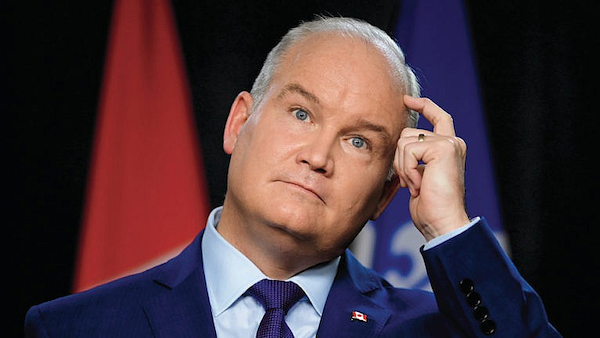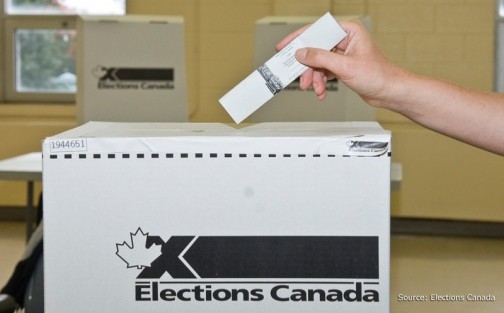
In case you didn’t know, let me say it right now: There’s a general election in Canada today.
Do you know who the current leaders of Canada and Mexico are?
Here’s what might be a trick question for Americans — but shouldn’t be, given the fact that the U.S. and Canada share the world’s longest undefended border, and the fact that the U.S. and Canada are each other’s largest trading partners:
Who is the prime minister of Canada?
While we’re at it, since we’re asking about neighboring countries:
Who is the president of Mexico? (Bonus points if you know that president’s nickname.)
How do general elections work in Canada?
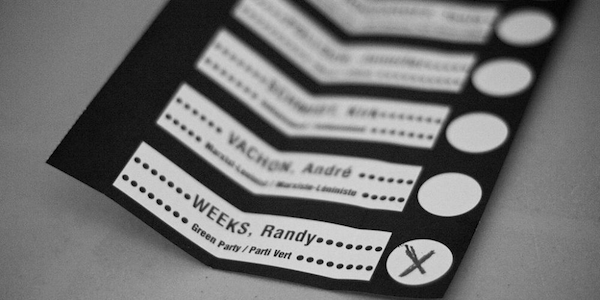
Elections are managed by the federal government, and no matter where you vote, there is just one type of ballot: A paper ballot, with the names of the candidates and a circle in which to put your mark beside each name. A Canadian federal election ballot is pictured above.
Canada’s government follows the Westminster parliamentary system. You don’t directly vote for prime minister. You vote for a local MP (Member of Parliament), who belongs to one of the federal parties and represents your riding (electoral district) in the House of Commons (think of it as the parliamentary equivalent of the U.S. House of Representatives). There are 338 seats in the House of Commons.
The prime minister is the leader of the party with the most elected MPs and therefore has the most seats in the House of Commons. You could say that there’s not one — but 338 — elections happening in Canada today.
If a party wins the election with 170 or more seats out of the total 338, they have a majority government, which means that they can singlehandedly pass laws without a single vote from any of the other parties.
If a party with less than 170 seats, they have a minority government, which means they now need cooperation from other parties to pass laws. A minority government can also be unseated by failing a confidence vote, which dissolves Parliament and starts an election.
Who are the candidates and how young are they?
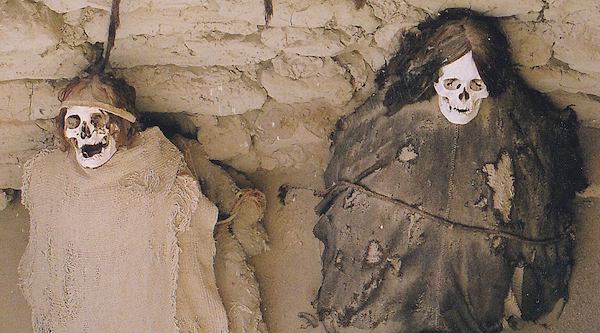
Here in the U.S., we had an election last November, where the two big candidates were 75 (Donald Trump) and 78 (Joe Biden). Keep in mind that the average life span of American males is 78.5 years.
The Canadian candidates are whippersnappers by comparison and considerably not as uniformly White…
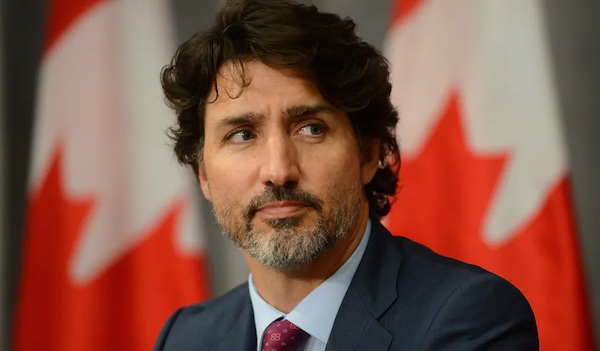
Justin Trudeau is the current prime minister and the leader of the Liberal Party, which occupies 155 out of 338 seats in the House of Commons. He is 49 years old.
Erin O’Toole is the official leader of the opposition and the leader of the Conservative Party, which occupies 119 out of 338 seats in the House of Commons. He is actually one year younger than Justin Trudeau — 48.

Yves-François Blanchet is the leader of the Bloc Quebecois, which occupies 32 out of 338 seats in the House of Commons.. He’s 56.
Jagmeet Singh is the leader of the New Democratic Party, which occupies 24 out of 338 seats in the House of Commons. He’s 42.
Annamie Paul is the leader of the Green Party, which occupies 2 out of 338 seats in the House of Commons. She is 48 years old, and is the first Black Canadian and Jewish woman to lead a federal party in Canada.
Maxime Bernier is the leader of the People’s Party of Canada, which is a new group that broke away from the Conservative Party in the same manner as the People’s Front of Judea from Life of Brian. He’s the oldest of the candidates at age 58.
Where can you find out more?
- Politico: Everything you need to know about the Canadian election
- CNN: Polls open for tight election in Canada as Trudeau seeks to fend off conservative rival
- NPR: Canada Votes In Pandemic Election That Could Cost Justin Trudeau His Job
- Reuters: Explainer: In tight Canada election, another minority government is likely
